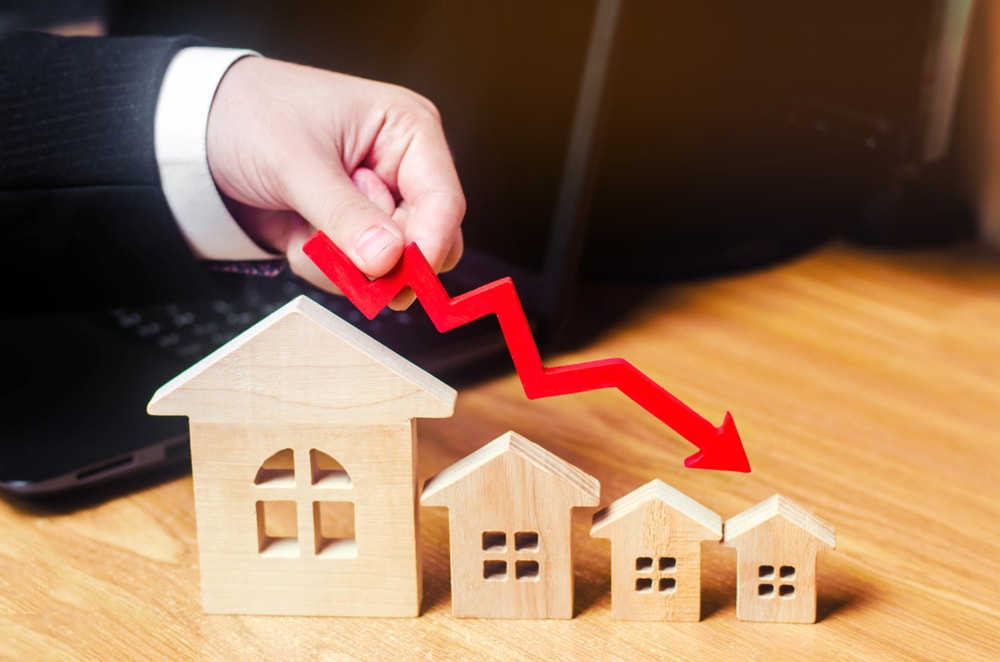It’s set to be a difficult time for Britain’s renters, as the cost of renting a property is set to rise four times the rate of house prices.
That’s according to Hamptons’ Housing Market Forecasts research, which concluded that rising rents and falling prices will be the result of the higher interest rate environment we’re currently experiencing.
Rents are set to rise by 25% over the next four years, outpacing the 5.5% house price growth across Great Britain over the same period.
It’s thought that supply issues combined with rising landlord costs will contribute to this surge.
Aneisha Beveridge, head of research at Hamptons, said: “There’s a strong argument that the Bank of England’s quest to quell inflation has hit the rental sector harder than any other part of the housing market.
“A build-up of long-term supply issues combined with soaring landlord costs is putting upward pressure on rents. And it’s hard to see any of these pressures receding any time soon, which is why we expect rents to continue rising over the next few years.”
Across the final quarter of the year house prices are set to come down by 2.5%, which represents a 7.4% annual fall in real terms, when you take inflation into account.
In 2023 the transaction count is expected to decline by 19%, with completions falling from 1.23 million in 2022 to 1 million this year.
Hamptons said 2025 will mark the beginning of a new property market cycle, with London starting to outperform all other regions for the first time since 2015 with 5.0% annual price growth.
Overall, London will see the strongest growth between 2023 and 2026 of 11.5%, with prices in Wales likely to remain flat.
London rents are also likely to rise faster than the GB average in 2023 and 2024 (by (9% and 8% respectively) due to a combination of lower yields and more landlords being reliant on finance.
Beveridge added: “Despite rising rates and the cost-of-living crunch catching many households off guard, it’s becoming increasingly clear that the house price crash that some forecasters envisioned hasn’t materialised.
“Rather, we expect a minor price fall in 2023 followed by a slower recovery over subsequent years as households adjust to an era of higher rates. This will be more akin to the U-shaped downturn of the early 1990s than the V-shaped crash and subsequent speedy recovery in 2008.
“On paper, the house price falls we forecast are minor in nominal terms. But high inflation for other goods and services means that in real terms, the average price of a home will have fallen around 11% between 2022 and 2024.
“This essentially reflects “the correction” caused by higher rates. It’s also why we expect prices to rise again in both real and nominal terms from 2025 as rates fall to their new normal and a new housing cycle begins.”
